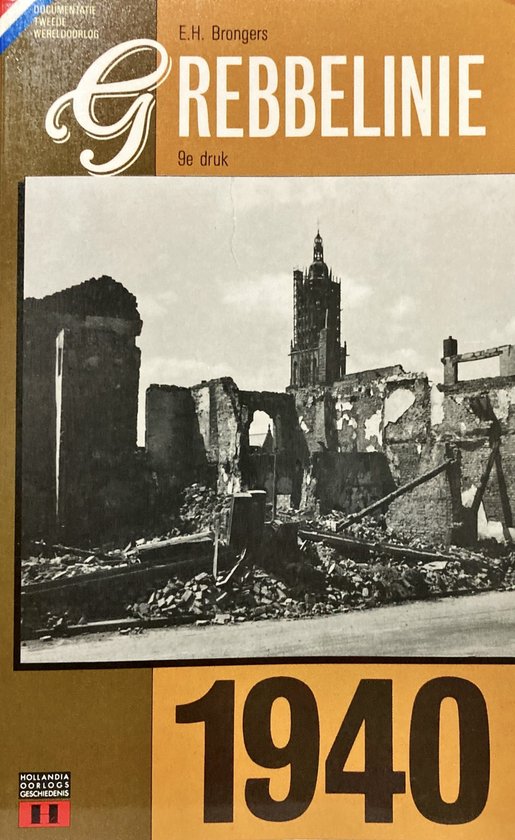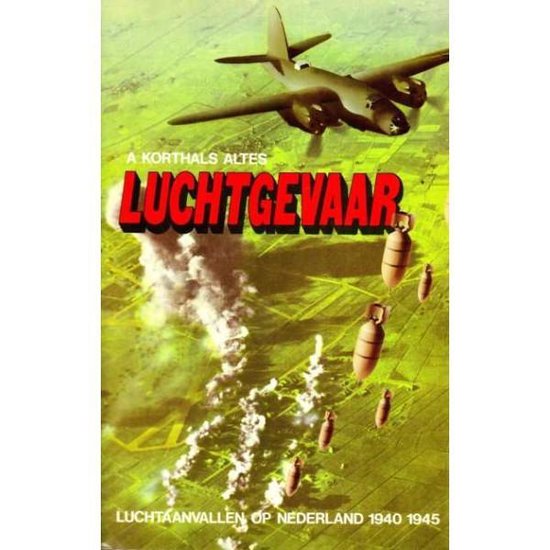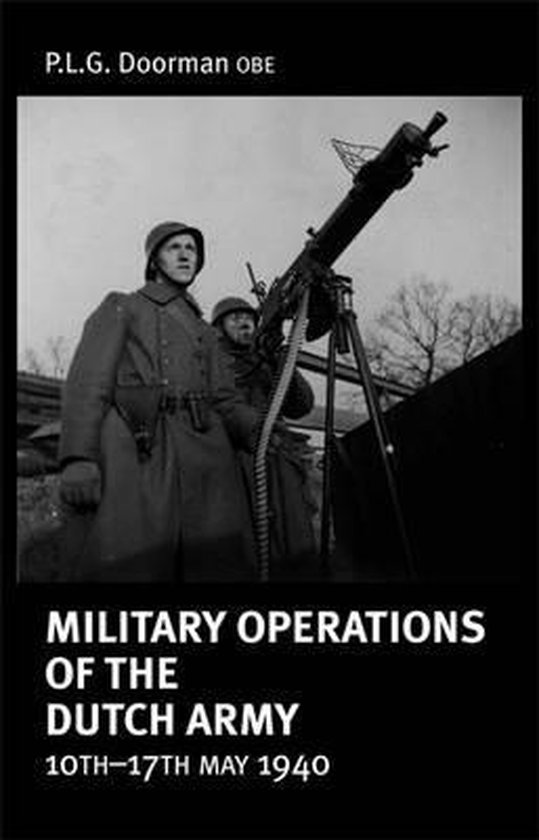Oranjebrug Wilhelmina Canal
The bridges over the Wilhelmina Canal
The Wilhelmina Canal, fractionally wider than the Zuid-Willemsvaart, had quite a few larger transitions. In the sector below Lieshout alone, three [Lieshout-Nuenen, Lieshout-Aarle and Aarle-Donk], including the lock at Heikant, four.
These bridges were mentioned in demolition plans drawn up pre-war on the orders of C-III.LK. The idea was evident that eventually a German army could move around the open southern extreme of the Peel-Raamstelling and the Field Army could withdraw north of the Wilhelmina Canal.
Responsible for destruction in the sector was, among others, the Peel engineer detachment of Captain J.J. the wolf. This unit was responsible for all destruction in the Bakel, Asten and Weert sections. The detachment was located in Lieshout when the retreat on the Zuid-Willemsvaart was completed. After organizing the destruction as a result of the retreat on the Zuid-Willemsvaart on the morning of May 11, the captain himself had gone to Tilburg to receive new instructions at the staff quarters of the Peel Division, as the adjustment of the strategy had tasks could no longer proceed according to the scripts. There the captain witnessed the issuing of the new instruction to move the right wing of the defense above the Wilhelmina Canal. The captain then headed east again to take charge of his detachment again. However, he was stranded along the way and ultimately did not get further than Best. There the (traffic) bridge had not yet been destroyed and the superior G.E.A. Themann [C-Vak Asten], who personally arranged the troops. The captain had had no direct involvement in the destruction east of Best. However, it is very possible, given the location in Lieshout and perhaps even plausible, that his detachment destroyed the bridges under Lieshout at an early stage.
It is extremely unfortunate that there are no sources that clarify which part was responsible for the premature destruction of the bridges over the Wilhelmina Canal. These extremely evil actions caused three battalions of infantry, which had until then been virtually unaffected, to become completely disintegrated.
The junction of Wilhelminakanaal and Zuid-Willemsvaart, located northeast of Aarle-Rixtel, was at the time what one would call a T-junction in road terminology. The current broadly canalized watercourse, which today extends the Wilhelmina Canal at the original T-junction and runs around the city east of Helmond and merges with the Zuid-Willemsvaart to the south, is a post-war creation. The Bakelsche Aa was greatly widened for this purpose, but in May 1940 this was still an originally narrow stream and not a significant obstacle for the Germans.
II-27.RI had occupied a section between the Wilhelmina Canal and lock no.7, just northwest of Helmond. The battalion was fortunate to be stationed exactly next to the German 6th and 18th Armies. Moreover, there was no main road in the area. The enemy was not visible and on May 12 at 1400 hours the BC was ordered to move the battalion to the north side of the Wilhelmina Canal, because the new instructions from the C-Peel Division had been received for the phased retreat to the Orange position. The retreat towards the north seemed to proceed easily, until in the middle of the movement pioneers decided to untimely blow up the bridges over the Wilhelmina Canal near Lieshout and between Beek and Aarle. The rumor of the approaching enemy had tempted the nervous detachments to these most unfortunate actions.
Do you have more information about this location? Inform us!
Source
- Text: TracesOfWar
- Photos: Martin Damen
Related books
Nearby
Point of interest
- Information Sign Wilhelminakanaal Dambusters - Beek en Donk
- Pluto pipeline - Beek en Donk
- Laar Bridge Aarle-Rixtel - Aarle-Rixtel
Monument
- War Memorial Aarle-Rixtel - Aarle-Rixtel
- War Memorial Beek en Donk "Always" - Beek en Donk
- Killed Airmen Memorial - Aarle-Rixtel
Cemetery
- Dutch War Grave Stiphout - Helmond
- Dutch War Grave Roman Catholic Cemetery Boerdonk - Boerdonk
- Dutch War Graves Catholic Cemetery Hortsedijk - Helmond
Remembrance Stone
- Memorial Stone Coppel Family - Helmond
- Memorial Stones Koppel family - Helmond
- Memorial Stones Lobe Family - Helmond
Crash site
- Cycling Route Death Valley De Peel - A Messerschmitt in Aarle-Rixtel (#2) - Aarle-Rixtel
- Crash SIte North American P-51 Mustang Mk III FX 925, code SZ-U - Helmond
- Crash Site Messerschmitt Me 262A-2a 170120 - Helmond









